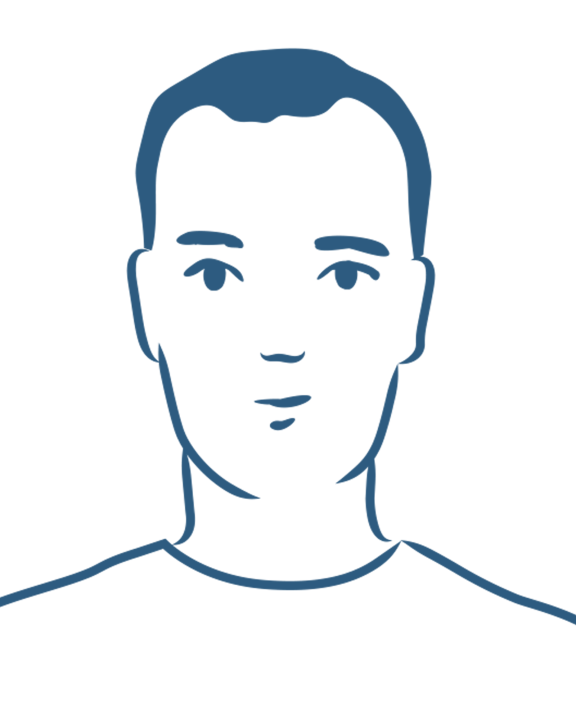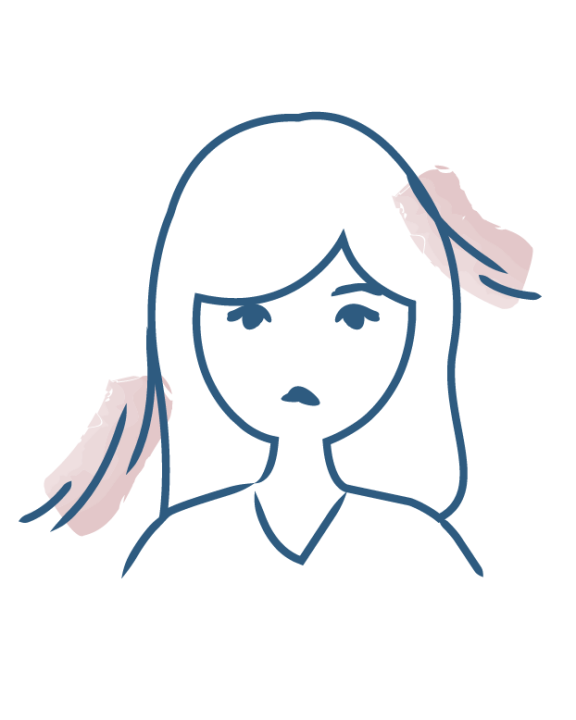The causes of hair loss
Secondary syphilis and hair loss
- The causes of hair loss
- Everything you need to know about seasonal hair loss
- Hair loss: the impact of iron, zinc, vitamin D, C and B12 deficiencies
- Hair loss and genetics
- What is traction alopecia?
- Drug-induced hair loss
- Hair loss and hormones
- Hair loss and fatigue
- Hair loss and the pill
- Secondary syphilis and hair loss
- Hair loss and menopause
- Pregnancy and hair loss: everything you need to know
- Hair loss due to ringworm of the scalp
- Hair loss due to stress: reactional hair loss
- Scarring alopecia
- Spot baldness and hair loss
- Androgenetic alopecia in women and men
- Hair loss and Covid

Secondary syphilis and hair loss
Syphilis is a sexually transmitted infection. It has been around for a very long time but is still very much a problem today. It is linked to a bacterium called Treponema pallidum or pale treponema. Hair loss is one of the symptoms that can be observed during the evolution of the disease. What are its characteristics? How should it be managed? We take a closer look.
Hair loss, a symptom of secondary syphilis
Syphilis is one of the causes of localized hair loss.
This highly contagious infectious disease has 4 progressive stages:
- Primary syphilis: an ulcer (chancre) forms where the bacteria entered the body (genitals, anus). It is highly contagious and can go unnoticed depending on where it is located because it is not painful.
- Secondary syphilis: if the primary form is not treated, the secondary form develops. The bacteria spreads throughout the body through the bloodstream and causes a rash to appear, especially on the hands and feet. It is at this stage that patchy alopecia may also appear. Syphilis hair loss is not characteristic and can be confused with another type of hair loss, such as spot baldness. This complicates the diagnosis. In addition, these symptoms are fluctuating: they disappear spontaneously without treatment in a few weeks and may reappear and then disappear again for 1 or 2 years.
- Latent syphilis: phase during which there are no more symptoms.
- Tertiary syphilis: without treatment, more serious lesions develop in some affected individuals, with damage to the brain, bones, heart or nervous system.
What treatment is there for syphilis-related hair loss?
The treatment of secondary syphilis hair loss involves treating the primary cause, which is the bacterial infection. As soon as the diagnosis of syphilis is established, an antibiotic treatment with penicillin or doxycycline is started. The hair will then grow back completely within 3 to 6 months.
More information
- Discover Androgenetic alopecia in women and men
What is hair loss?
Androgenetic alopecia in women and men
- Discover Spot baldness and hair loss
The causes of hair loss
Spot baldness and hair loss
- Discover Scarring alopecia
The causes of hair loss
Scarring alopecia
- Discover Hair loss due to ringworm of the scalp
The causes of hair loss
Hair loss due to ringworm of the scalp
- Discover Pregnancy and hair loss: everything you need to know
The causes of hair loss
Pregnancy and hair loss: everything you need to know
- Discover Hair loss and Covid
The causes of hair loss
Hair loss and Covid
- Discover Hair loss: the impact of iron, zinc, vitamin D, C and B12 deficiencies
The causes of hair loss
Hair loss: the impact of iron, zinc, vitamin D, C and B12 deficiencies
- Discover Everything you need to know about seasonal hair loss
What is hair loss?
Everything you need to know about seasonal hair loss
- Discover Secondary syphilis and hair loss
The causes of hair loss
Secondary syphilis and hair loss
- Discover Hair loss and menopause
The causes of hair loss
Hair loss and menopause
- Discover Hair loss and hormones
The causes of hair loss
Hair loss and hormones
- Discover Hair loss and the pill
The causes of hair loss
Hair loss and the pill
- Discover Hair loss and fatigue
The causes of hair loss
Hair loss and fatigue
- Discover Hair loss and genetics
The causes of hair loss
Hair loss and genetics
Our care routines
Hair loss
- Discover My Anti-hair loss for women post-pregnancy and breastfeeding women
My Anti-hair loss for women post-pregnancy and breastfeeding women
Are you experiencing hair loss?
- Discover Anti-occasional Hair loss routine for women less than 6 months
Anti-occasional Hair loss routine for women less than 6 months
Are you experiencing hair loss?
- Discover ANTI-OCCASIONAL HAIR LOSS ROUTINE FOR MEN LESS THAN 6 MONTHS
ANTI-OCCASIONAL HAIR LOSS ROUTINE FOR MEN LESS THAN 6 MONTHS
Are you experiencing hair loss?


